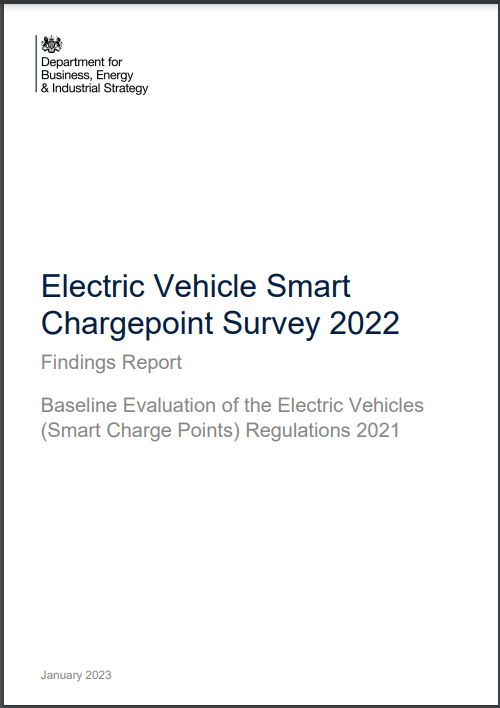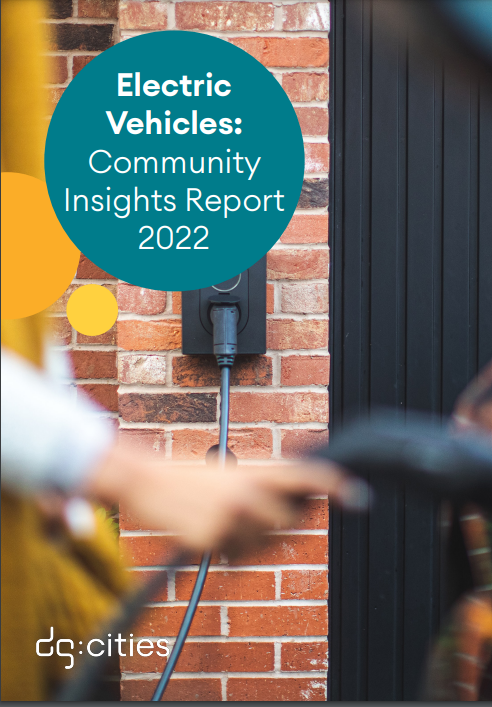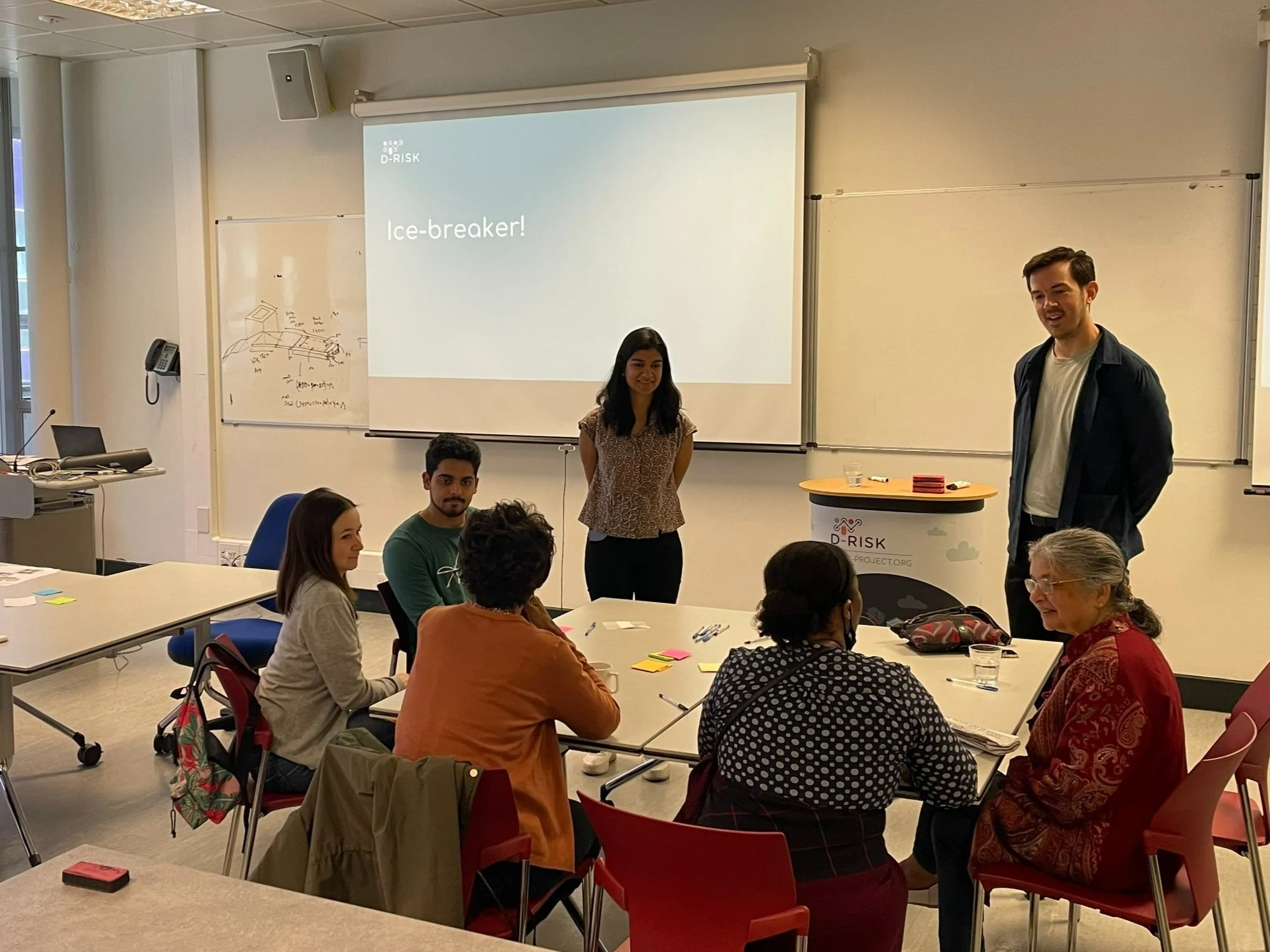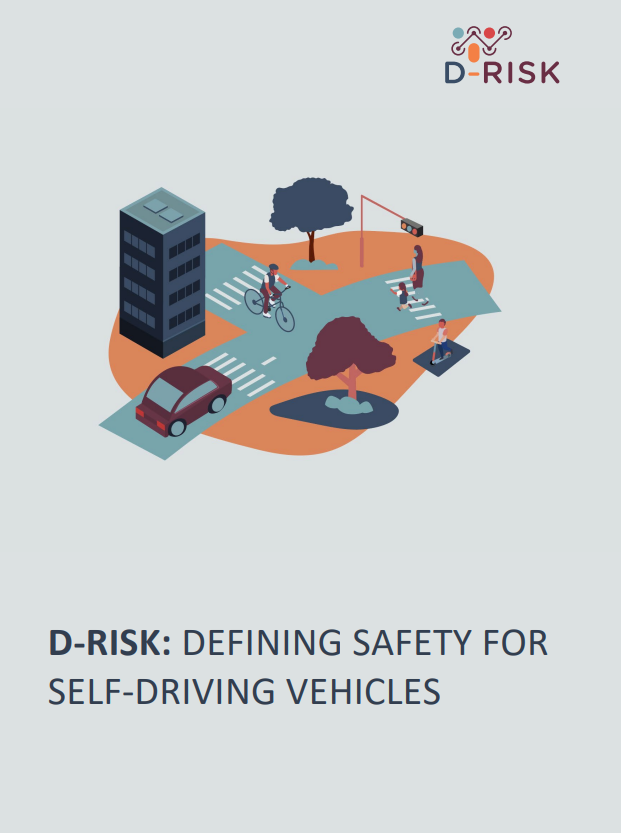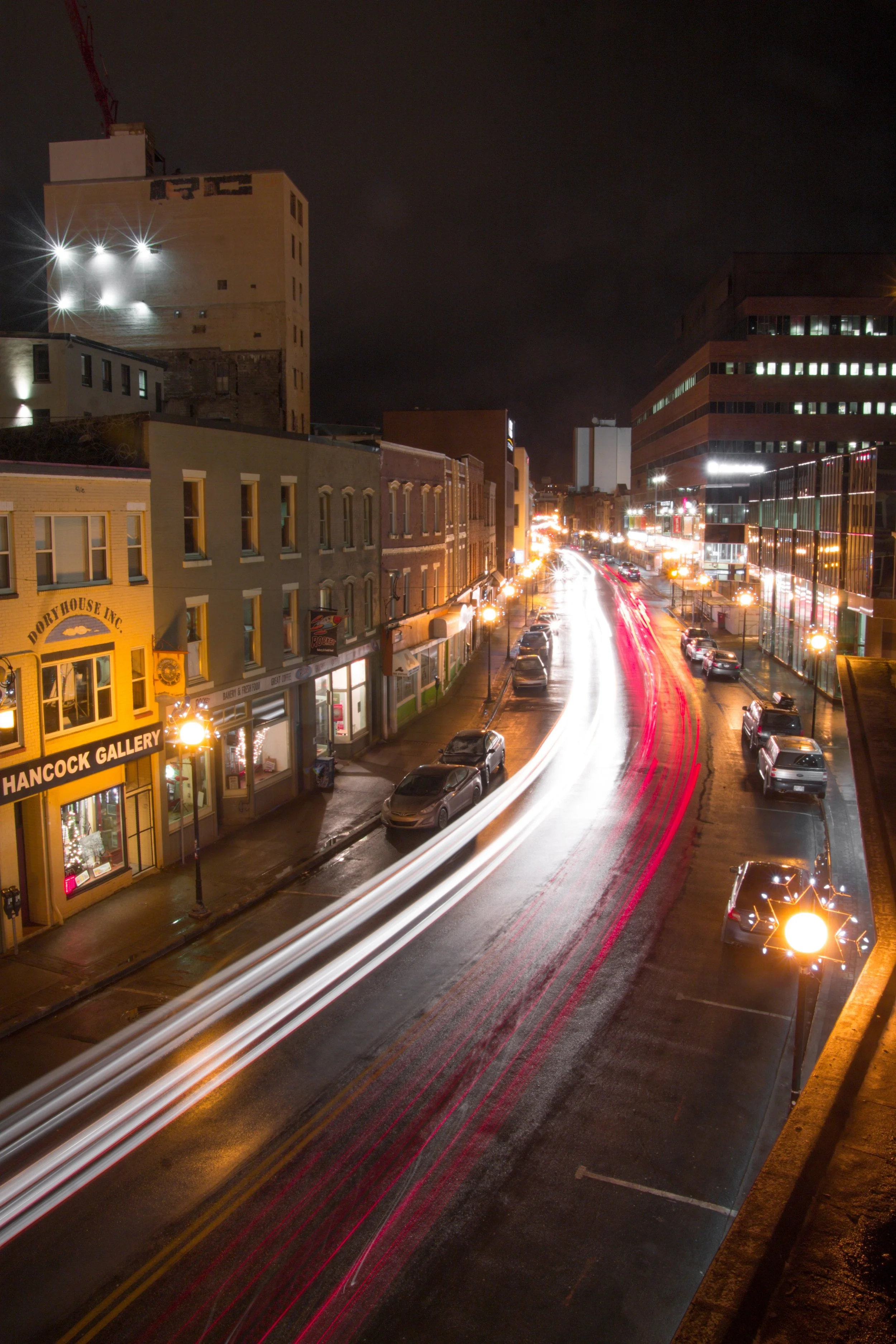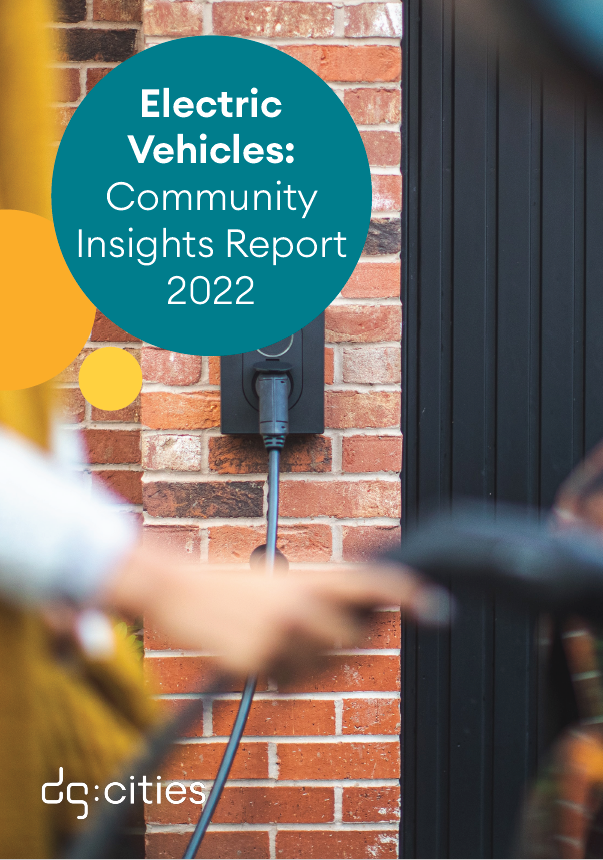Last week saw the launch of Digital Greenwich Connect, a new partnership set to deliver next generation connectivity in the Royal Borough of Greenwich. Teams from DG Cities, our technology partner, ITS and the Council, led by Councillor Anthony Okereke, joined residents, business leaders, community groups and media to inaugurate the £2m joint venture to deliver ultrafast digital infrastructure within the borough.
Leader of the Royal Borough of Greenwich, Councillor Anthony Okereke gives the inaugural speech
Almost every technological innovation, from electric vehicle charging to smart energy meters, relies on fast, reliable and affordable digital connectivity. A new partnership has been launched that aims to make the Royal Borough of Greenwich one of the most digitally connected areas in the country.
The new company, Digital Greenwich Connect Ltd, has been incorporated to design, build, maintain and commercialise a 21 km full-fibre, gigabit-capable network infrastructure. The venture was formally launched by Leader of the Royal Borough of Greenwich, Councillor Anthony Okereke at a packed event in Woolwich Works in south-east London on Thursday 23rd February.
This new digital highway is a £2m joint venture between DG Cities and full-fibre provider ITS Technology Group. Each company has invested £1m into the programme. Digital Greenwich Connect will substantially improve connectivity in the area, at an affordable price, while enabling public service transformation and an improvement in digital skills. This aligns to the Council’s ambitious new corporate strategy: ‘Our Greenwich’.
“This is one of a number of innovative steps we are taking to ensure our residents and businesses have access to fast, reliable and affordable digital connectivity and to support the delivery of modern Council services. It underpins our ambition for our communities set out in ‘Our Greenwich’ and reinforces our position as a forward-thinking, innovative council.”
Innovative new deployment techniques are being used as part of the network, minimising the impact on the environment and on local residents and transport users by utilising existing public infrastructure wherever possible. Internet service providers using the network will be able to offer speeds of 1,000mbps and beyond, providing a highly reliable service for businesses, public services and residents.
In its initial launch phase, the network will cover a 21km area within Woolwich, with further expansion planned. It will provide a full-fibre, ultrafast, gigabit-capable network infrastructure and will equip businesses, schools, residents and students with access to internet speeds that underpin modern working and modern living. It is conceived in a true area-wide, inclusive approach, for residential and business users. It has been designed to ensure that social housing and community centres are included in the strategy, so that those on the front line of providing support and care in the community will not be held back by connectivity issues.
Tony Hughes, Daren Baythorpe and Trevor Dorling
“Fast, reliable connectivity is vital to businesses, attracting investment, supporting innovation and improving services for local residents - particularly as many more people now rely on high-speed broadband to work at home. ”
After the launch speeches came two lively panel discussions, one focusing on business, the other on the opportunities for residents. President of the South East London Chamber of Commerce, Helen McIntosh highlighted the diversity of businesses of all scales and industries in Greenwich, from submarine telecoms to international names in film production. The panel underscored the importance of fast connectivity across sectors, and its role in building economic resilience, growth and attracting investment.
In the residential discussion, the panel looked at connectivity as the cornerstone of achieving digital inclusion aims. Jamie Carswell, Director of Housing and Safer Communities in Greenwich made a valuable point about embracing the wider, less direct benefits of digital inclusion initiatives, such as the opportunities to bring different generations together. Guests also had the chance to see some of the technology close-up, thanks to a display of the fibre and junctions by the ITS team.
“Today is the culmination of many years’ work to ensure that Greenwich has the digital infrastructure that is essential to a modern economy – one that reflects the needs and aspirations of businesses and residents, and supports the delivery of the next generation of public services. ”
Find out more: digitalgreenwichconnect.com



















